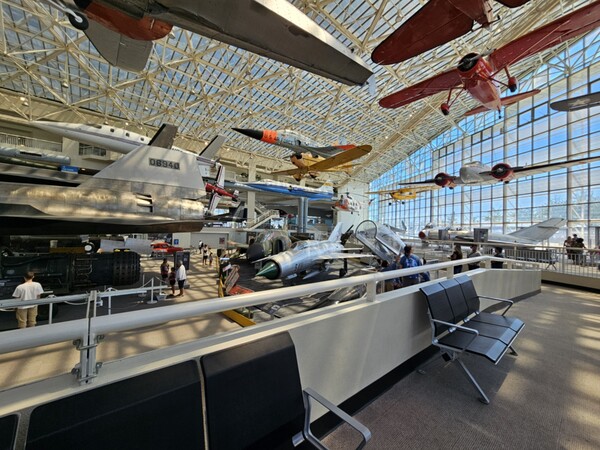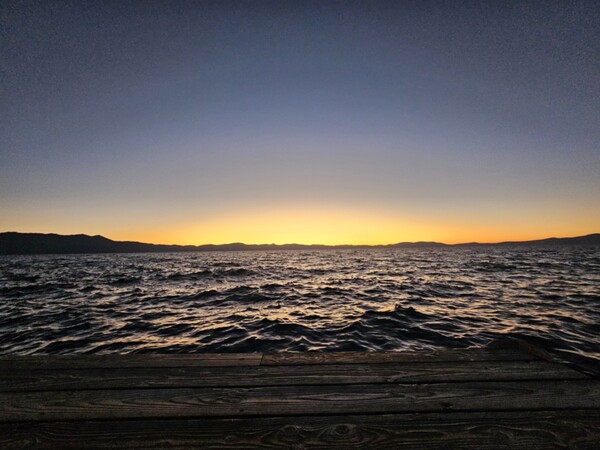Today’s world is increasingly becoming a society that crosses borders and cultures. The U.S. is a representative multicultural society with a long history, where diverse races and cultures exist, offering both opportunities and challenges for immigrants and visitors. However, the discomfort, discrimination, and linguistic and cultural barriers that people encounter in this context are realities that cannot be overlooked. In this coverage, The Dongguk Post met three Koreans living in the U.S. to hear about their experiences of life in a multicultural society, the challenges they encounter, and the opportunities they have seized. Each of them came to the U.S. for different reasons and dreams, and while they faced common challenges related to language, culture, and administrative procedures, they also discovered new possibilities and personal freedom. These experiences reveal both struggles and strengths in adapting to a new environment. Their stories go beyond individual experiences and highlight the issues Korean society will face as it moves toward becoming a multicultural society. This article aims to examine what Korea must consider in order to accept foreigners not merely as “guests” but as members of society.

Living Between Two Worlds
During this coverage, The Dongguk Post met three Koreans who had come to the U.S. for different reasons. The first interviewee initially arrived for a short-term language program but was attracted by the diverse opportunities and more relaxed lifestyle, ultimately deciding to settle there. The second interviewee chose the U.S. to pursue a dream of becoming a pilot. He explained, “In Korea, the opportunities and pathways for flight training are limited, and the academic hierarchy creates barriers to becoming a pilot,” adding that the U.S. provides a wider range of flight experiences and practical training environments. The third interviewee is a chef who came to gain experience at Michelin-starred restaurants. He said, “The market is bigger than in Korea, and being able to access ingredients from around the world is very appealing,” which allows him to constantly experiment and improve his culinary skills by trying diverse recipes every day. The experiences they had in the U.S. reveal a mixture of common difficulties and individual stories, illustrating what it truly means to live as a foreigner.
One of the issues they mentioned was the living environment. The water in the U.S. has different properties than in Korea, making it difficult for skin and hair to adapt. Some experienced dryness after washing their face, and significant hair loss after showering. One interviewee eventually purchased bottled water from Costco for the final rinse and even installed a water filtration system at home. He said, “Changing shampoos does not help. The problem is the water itself, so I just have to endure it,” demonstrating how small aspects of daily life can create discomfort for foreigners.

Language and cultural differences brought deeper discomfort. One interviewee said, “I speak English, but I still think in Korean,” noting how cultural misunderstandings often happen even with language skills. This suggests that language is deeply connected to cultural thinking, making the challenges structural rather than purely personal. Tasks that took a day in Korea sometimes required weeks in the U.S., depending on who handled them. The most painful reminder of their foreign status came through subtle discrimination. Even when holding the same position, they were given menial tasks or asked to work unpaid overtime. These instances were not always openly hostile, but over time, they reinforced the feeling of being an outsider. Minor inconveniences in daily life gradually turned into language and institutional barriers, eventually shaping experiences of social exclusion. These cases show that what may seem like small difficulties can deeply affect one’s identity and sense of belonging.
Despite the challenges, all interviewees agreed that the U.S. offers many opportunities. San Francisco’s diverse food scene, with its Michelin-starred restaurants, allows for culinary exploration using a wide range of ingredients. The large market and rich resources support new ventures, and the chef said he would stay longer if visa issues were resolved. They also appreciated the slower, less competitive pace of life compared to Korea. One person shared, “Work-life balance is respected here. You do not have to live every day in competition.” In addition, the social environment made them more willing to settle. With less interference from others, there was less pressure to compare, more respect for family time, and more freedom in choosing personal relationships. The workplace also had a less rigid hierarchy. One interviewee observed, “In Korea, a person’s job defines their worth, but that matters much less here.” For these reasons, many who arrived with short-term goals often found themselves drawn to the freedom and environment of life in the U.S., ultimately choosing to stay long-term.

Beyond Language, Finding Belonging
Experiences in the U.S. confirm that foreigners face both difficulties and freedoms, which serves as a crucial reference point for South Korean society as it moves toward becoming a multicultural society. An interviewee who recently visited rural areas in Korea shared that his grandparents said, “Without these foreign workers, there would be no one to work during the busy farming season.” In Seoul, foreign communities and tourists are increasingly gathering, and spaces where multiple cultures coexist are emerging. These examples indicate that Korean society is gradually moving toward a more multicultural environment, while also highlighting the need to consider how Koreans and foreigners can coexist and build mutual understanding.
The interviewees emphasized that fundamental principles are crucial for Korea to develop as a multicultural society. While each culture must be respected, above all, the laws and social norms of the host country must be observed. Customs that were natural in one’s own country may not be applicable in Korea, and mutual recognition of differences is necessary. As one interviewee said, “Foreigners are ultimately foreigners. Complete assimilation is difficult due to linguistic and cultural differences. Trying to force integration can even worsen conflicts.” This illustrates that in a multicultural society, mutual respect and selective coexistence are more realistic solutions than forced assimilation. He added that the formation of communities is a natural phenomenon, and as long as it causes no harm, society should approach it with an open perspective.
Although the U.S. is a much older multicultural society than Korea, it still faces racial discrimination and conflict. Therefore, it is uncertain whether Korea can completely solve the same issues. To foster genuine coexistence, education and public policies that promote intercultural understanding and combat prejudice are essential. Nevertheless, the interviewees expressed confidence that “time will eventually resolve these challenges.” The key lies in respecting each other’s cultures and following basic rules, which will allow society to accept foreigners as members. While some argue that the U.S. have failed as multicultural societies, Korea, with no state religion and a dynamic, evolving culture, has the potential to learn from these examples and develop into a healthier multicultural nation. This approach points not only to short-term solutions but also to long-term strategies for Korea to evolve into a healthy society.
The experiences of three Koreans living in the U.S. illustrate the complex realities of life in a multicultural society. Each arrived for different reasons and dreams, yet all faced common challenges related to language, culture, and administrative procedures, and occasionally experienced discrimination and exclusion. Despite this, they discovered greater freedom, opportunities, and new ways of life, building their own careers and identities. Their stories mirror what Korea will face in its own multicultural future. Korea must now regard foreigners not merely as “guests” or “visitors” but as members of society deserving respect and understanding. By recognizing cultural and language differences while ensuring adherence to basic laws and norms, Korea can become a society that cares for one another. Although time alone cannot solve all problems, accumulated respect and inclusion will gradually blur the boundaries between foreigners and Koreans. Ultimately, a multicultural society means acknowledging differences and learning to live together. Their stories quietly remind us of this shared future.

